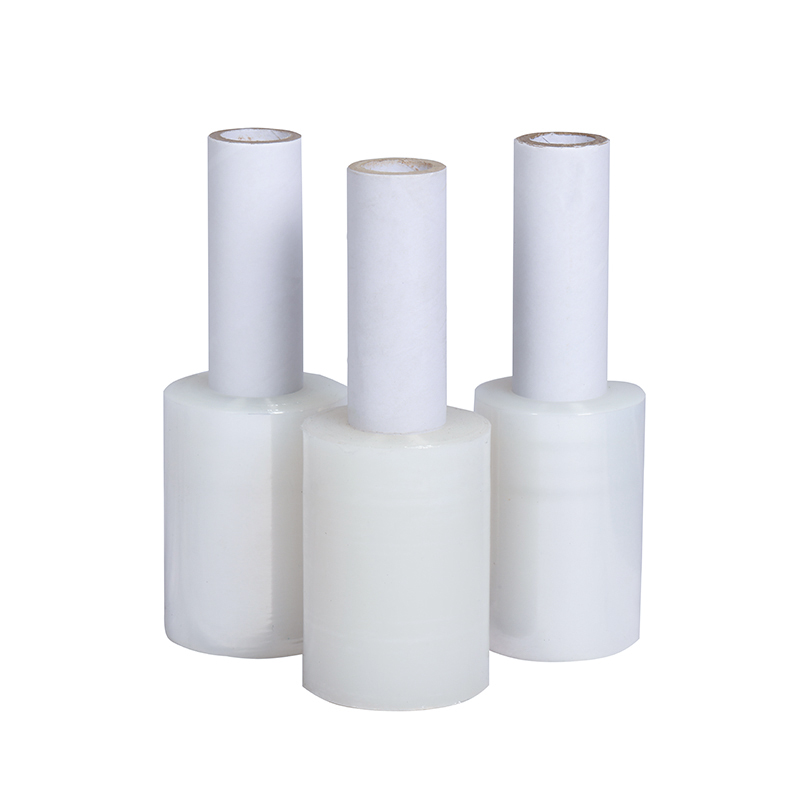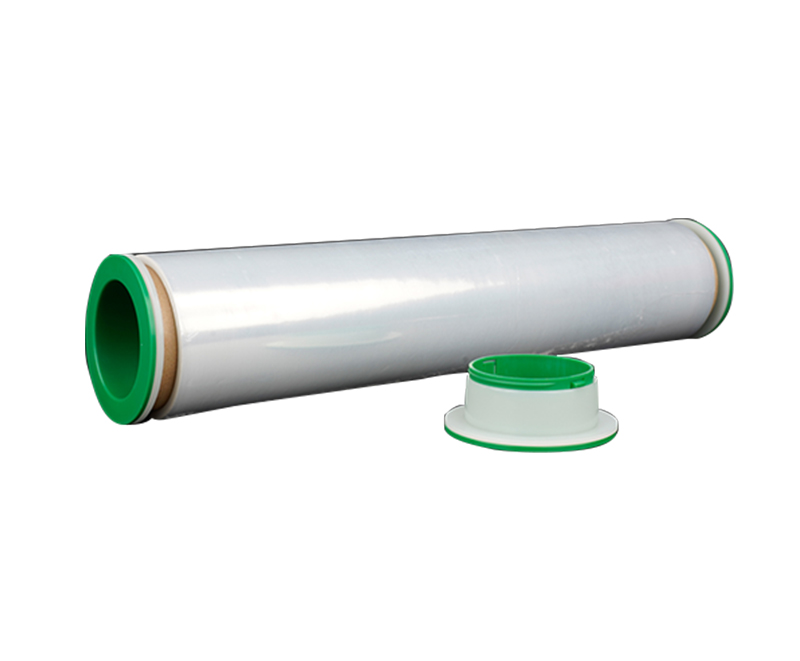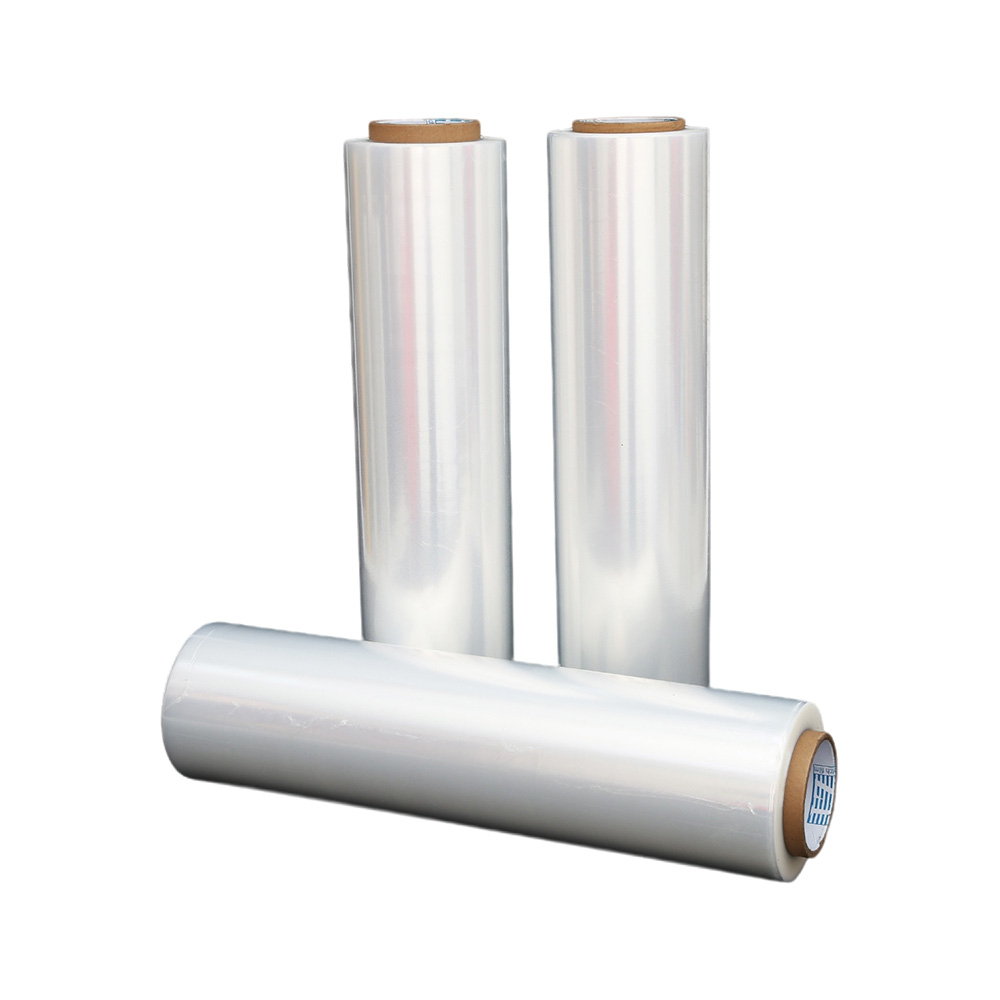What Is the Difference Between Shrink Wrap and Stretch Film?
Source:What Is the Difference Between Shrink Wrap and Stretch Film?Time:2025-02-19Visitors:
In the world of packaging, two of the most commonly used films are shrink wrap and stretch film. Both are essential for protecting and stabilizing products during shipping and storage, but they operate differently and are suited to distinct applications. In this article, we’ll break down the key differences, properties, and best use cases for each type of film, helping you make an informed decision for your business or personal needs.
Introduction to Packaging Films
Packaging plays a crucial role in ensuring that goods remain undamaged, stable, and presentable throughout their journey from the manufacturer to the end consumer. While both shrink wrap and stretch film are made from flexible plastic materials, they differ in how they’re used, their physical properties, and the type of equipment needed.
This article will highlight the differences between shrink wrap and stretch film, covering their composition, how they work, their pros and cons, and best practices for their use. By the end, you'll understand which solution works best for your specific needs.
Understanding Shrink Wrap
Shrink wrap is a type of plastic film made from materials like polyolefin or PVC. The film is designed to shrink tightly around an item when exposed to heat, forming a protective skin that conforms to the shape of the product.
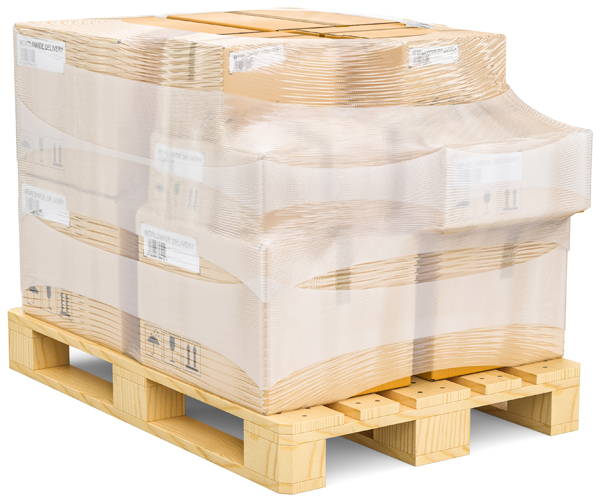
Composition and Properties
- Material: Shrink wrap is typically made from polyolefin or PVC.
- Thickness: It’s a relatively thin film that shrinks uniformly when exposed to heat.
- Transparency: Usually clear, offering a polished, see-through finish that is ideal for retail displays.
How Shrink Wrap Works
-
A product is placed inside a shrink film bag or tube.
-
Heat is applied using a heat tunnel or heat gun, causing the film to shrink around the item.
-
The result is a tight, tamper-evident seal that protects the product from dust, moisture, and tampering.
Common Uses of Shrink Wrap
- Retail packaging: Especially for consumer goods where product visibility is important.
- Food packaging: Many shrink films are FDA-approved for direct food contact.
- Bundling: Shrink wrap is often used for multi-pack items like snacks or beverages.
Advantages of Shrink Wrap
- Tamper-evident: Shrink wrap seals items securely, making it clear if a product has been opened or tampered with.
- Perfect fit: It tightly conforms to irregular shapes, offering a customized protective cover.
- Protective: It safeguards products against environmental elements like dust, dirt, and moisture.
Drawbacks of Shrink Wrap
- Requires heat: Shrink wrap needs specialized equipment (heat tunnels, heat guns), which can be costly and energy-intensive.
- Limited elasticity: Not as flexible as stretch film, making it unsuitable for large-scale palletizing without additional equipment.
Understanding Stretch Film
Stretch film, or stretch wrap, is typically made from linear low-density polyethylene (LLDPE). Unlike shrink wrap, it doesn’t require heat to form a secure seal; it relies on tension to cling to itself and the items it covers.
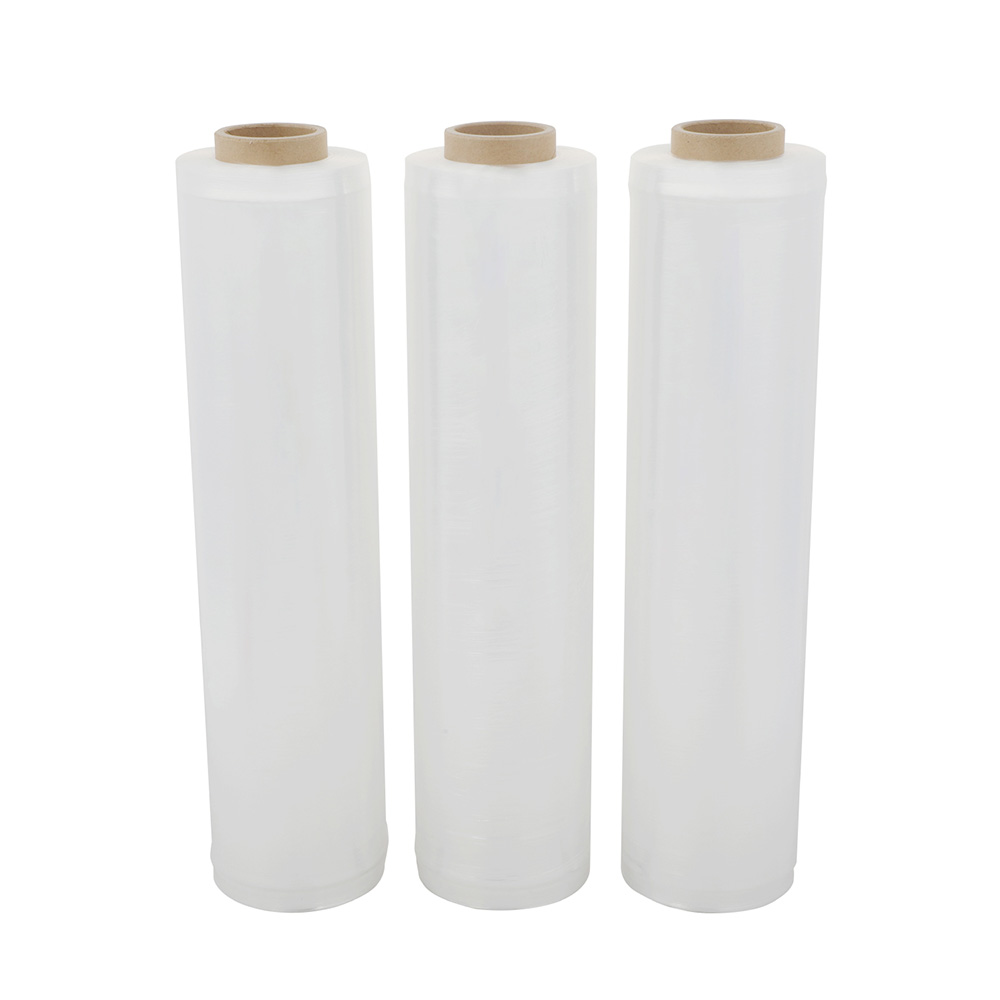
Composition and Manufacturing
- Material: Made primarily from LLDPE.
- Multilayer design: Modern stretch films are often produced using five-layer extrusion technology, improving tensile strength and clarity.
- Strength: The film offers excellent durability and stretchability, ideal for large-scale applications.
How Stretch Film Works
- Stretch film is wrapped around items manually or using automated equipment, applying tension to create a tight seal.
- The film clings to itself, forming a secure covering that holds the items together, protecting them from dust and light moisture.
Common Uses of Stretch Film
- Palletizing: Stretch film is commonly used for securing loads on pallets to prevent shifting during transit.
- Bundling: Used for wrapping large items or irregularly shaped goods.
- Light moisture protection: It helps shield products from dust and moisture, although it’s not completely waterproof.
Advantages of Stretch Film
- No heat required: Unlike shrink wrap, stretch film doesn’t need a heat source, reducing energy costs.
- Flexible and versatile: It works for a wide range of items and is easy to apply by hand or with automated machines.
- Cost-effective: Stretch film is often more affordable than shrink wrap due to lower equipment and energy requirements.
Drawbacks of Stretch Film
- Less aesthetically pleasing: It doesn’t offer the polished appearance of shrink wrap, making it less suitable for retail applications.
- Stretch limits: If over-stretched, the film can weaken and lose its ability to secure the load effectively.
Key Differences Between Shrink Wrap and Stretch Film
Applications & Best Practices
Shrink Wrap
- Best for retail displays and bundling small items.
- Ensure that heat settings are correctly adjusted to avoid over-melting the film.
- Store rolls in a cool, dry place to maintain film quality.
Stretch Film
- Ideal for palletizing heavy or irregularly shaped items.
- Control tension carefully to avoid over-stretching.
- Use proper thickness for the weight and size of the items.
Conclusion
While both shrink wrap and stretch film offer valuable solutions for packaging, their ideal applications differ. Shrink wrap is perfect for small items and retail packaging, where visual presentation and tamper evidence are essential. Stretch film excels in larger-scale logistics, offering an affordable and efficient solution for securing heavy loads.
By understanding the characteristics and applications of each type of film, you can optimize your packaging process, reducing costs and improving efficiency. Whether you need to preserve product quality for retail or secure goods for shipping, selecting the right film is key to successful packaging.
At Dongguan Zhiteng Plastic Product Co., Ltd., we specialize in providing high-quality plastic packaging solutions. Our stretch films, made with advanced five-layer extrusion technology, offer excellent strength and clarity, perfect for a wide range of packaging needs. Reach out to learn how we can help you improve your packaging process.Recommended Products
Ranked in the same article
- how to use the stretch film technology to r
- How can we get detailed price list?
- Five common quality problems of PE protecti
- Plastic film degradation
- How to guarantee punctual shipment for our
- Gauge to Micron and Millimetre Conversion G
- What is the difference between stretch film
- Testing the permeability of stretch film
- Stretch film temperature requirements
- Electrical wire film VS electrostatic film
- Why insufficient transparency of stretch w
Latest news articles
- The significance of using PE electric wire
- Advantages of white engineering film
- The 133rd Spring Canton Fair
- Stretch Film Wrap: Unraveling Its Benefits
- The Ultimate Guide to Choosing the Right Ma
- How can PE stretch film be cut better?
- Factors affecting viscosity of PE stretch f
- What is the Difference Between Magic Tape a
- What Properties Ensure Effective Cold Chain
- Bundling Stretch Film: Optimize Your Packag
- How to check the quality of PE stretch film

